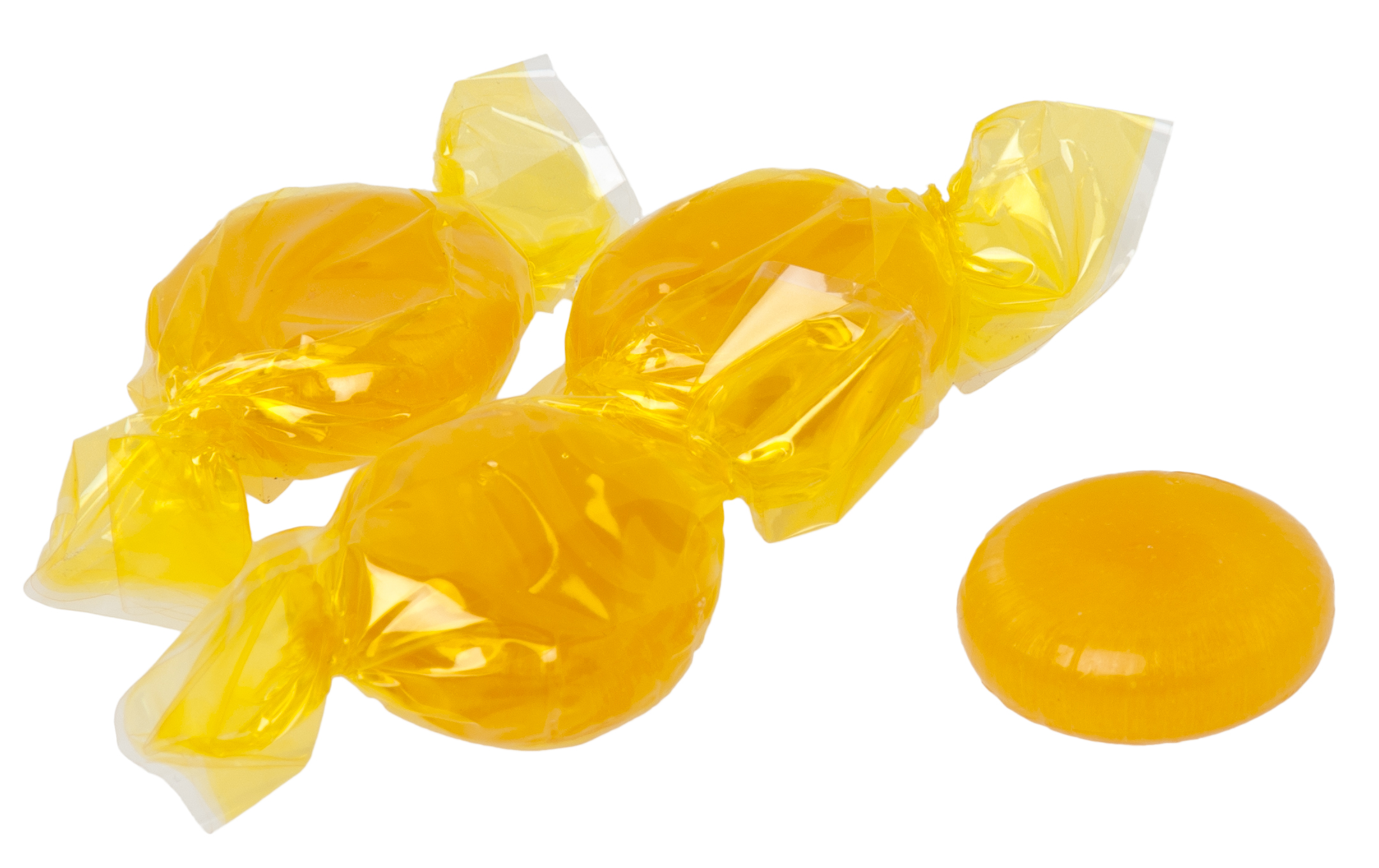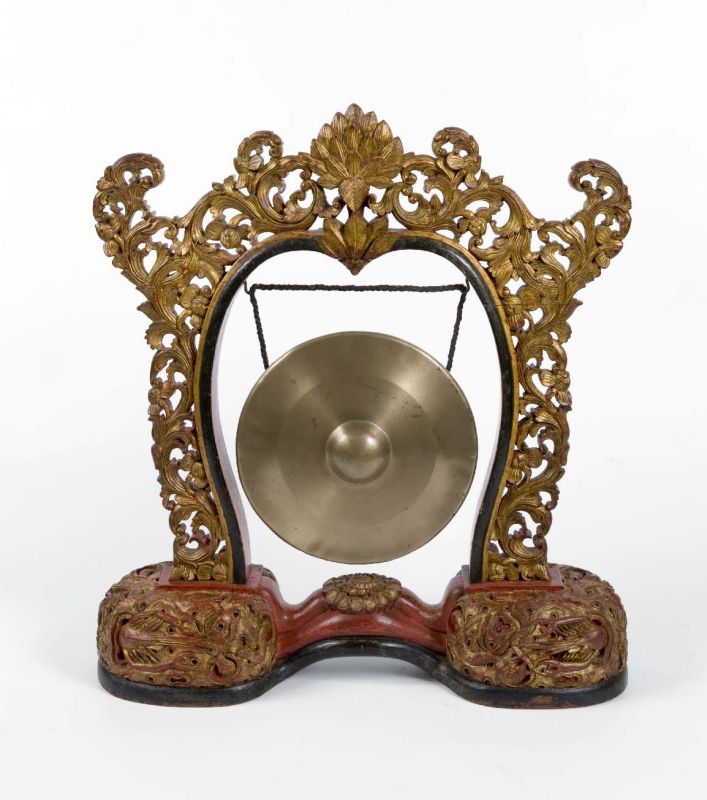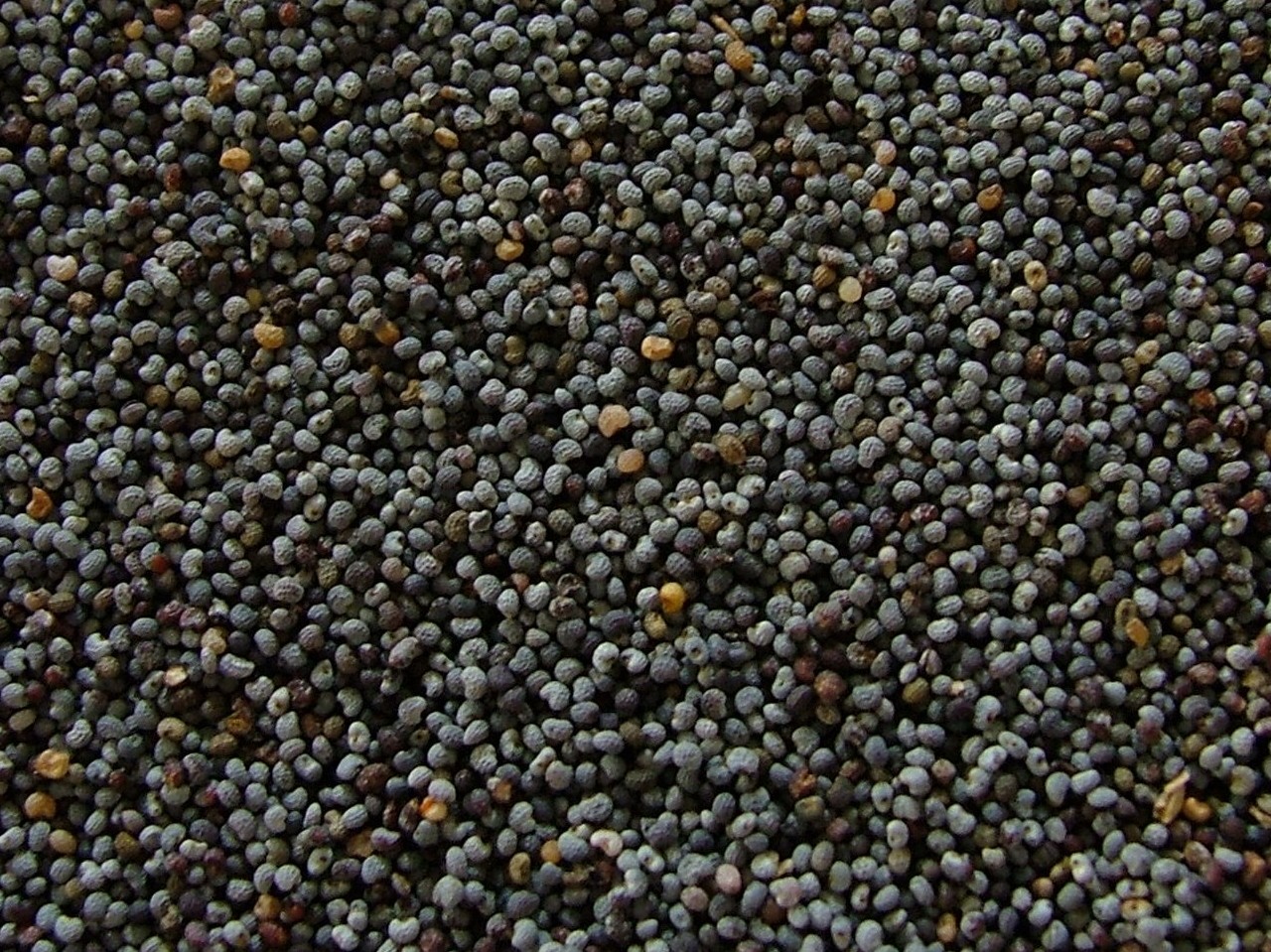|
Konpeitō
, also spelled ''kompeitō'', is a type of Japanese sugar candy. It takes the form of a small sphere with a bumpy surface, and comes in a variety of colors and flavors. Introduced from Portugal as a sugar-coated confection with a poppy seed or sesame seed center, ''konpeitō'' was eventually transformed into an all-sugar confection with a center. Etymology The word comes from the Portuguese language, Portuguese word ("comfit"), which is a type of sugar candy, and also an umbrella term for sweets in general. The characters (lit. "golden flat sugar") are selected mostly for their phonetic value and can also be written or . History The technique for producing sugar candy was introduced to Japan in the early 16th century by Portuguese traders. The infrastructure and refining technology of sugar had not yet been established in Japan. As uses much sugar, it was rare and expensive. In 1569, Luís Fróis, a Portuguese missionary, presented a glass flask of to Oda Nobunaga in ... [...More Info...] [...Related Items...] OR: [Wikipedia] [Google] [Baidu] |
Onshino Konpeitō
or are small boxes of ''konpeitō'' candy given as gifts by the Japanese emperor or on behalf of the emperor. ''Onshino Konpeitō'' was given out by the 1890s, for example on the occasions of marriages, enthronements, or other auspicious events. ''Konpeito'' is given in elaborate small boxes called ''bonbonniere'' (), from the French , meaning ''candy box''. The practice of giving ''bonbonniere'' dates back to the commemoration ceremony of the Meiji Constitution in 1889 and has since been thought to be a symbol of good luck. The Japanese Imperial Family has used this gift as the official 'Welcome' gift continuously for over 130 years. Another form of imperial gifts that emerged at the same time were the ''Onshino Tabako'' products, however this ceased in 2006. References Japanese Imperial Warrant holders Wagashi {{japan-stub ... [...More Info...] [...Related Items...] OR: [Wikipedia] [Google] [Baidu] |
Candy
Candy, alternatively called sweets or lollies, is a Confectionery, confection that features sugar as a principal ingredient. The category, also called ''sugar confectionery'', encompasses any sweet confection, including chocolate, chewing gum, and sugar candy. Vegetables, fruit, or Nut (fruit), nuts which have been glaze (cooking technique), glazed and coated with sugar are said to be ''Candied fruit, candied''. Physically, candy is characterized by the use of a significant amount of sugar or sugar substitutes. Unlike a cake or loaf of bread that would be shared among many people, candies are usually made in smaller pieces. However, the definition of candy also depends upon how people treat the food. Unlike sweet pastries served for a dessert course at the end of a meal, candies are normally eaten casually, often with the fingers, as a snack between meals. Each culture has its own ideas of what constitutes candy rather than dessert. The same food may be a candy in one culture ... [...More Info...] [...Related Items...] OR: [Wikipedia] [Google] [Baidu] |
Rock Candy
Rock candy or sugar candy, also called rock sugar or crystal sugar, is a type of confection composed of relatively large sugar crystals. In some parts of the world, local variations are called Misri, nabat or navat. This candy is formed by allowing a supersaturated solution of sugar and water to crystallize onto a surface suitable for crystal nucleation, such as a string, stick, or plain granulated sugar. Heating the water before adding the sugar allows more sugar to dissolve thus producing larger crystals. Crystals form after six to seven days. Food coloring may be added to the mixture to produce colored candy. Nomenclature Etymologically, "sugar candy" derives from late 13th century English (in reference to "crystallised sugar"), from Old French ''çucre candi'' (meaning "sugar candy"), and ultimately from Arabic ''qandi'', from Persian ''qand'' ("cane sugar"), probably from Sanskrit ''khanda'' ("piece of sugar)". The sense gradually broadened (especially in the United ... [...More Info...] [...Related Items...] OR: [Wikipedia] [Google] [Baidu] |
The Nutcracker
''The Nutcracker'' (, ), Opus number, Op. 71, is an 1892 two-act classical ballet (conceived as a '; ) by Pyotr Ilyich Tchaikovsky, set on Christmas Eve at the foot of a Christmas tree in a child's imagination featuring a Nutcracker doll. The plot is an adaptation of Alexandre Dumas's 1844 short story ''The Nutcracker'', itself a retelling of E. T. A. Hoffmann's 1816 short story ''The Nutcracker and the Mouse King''. The ballet's first choreographer was Marius Petipa, with whom Tchaikovsky had worked three years earlier on ''The Sleeping Beauty'', assisted by Lev Ivanov. Although the complete and staged ''The Nutcracker'' ballet was not initially as successful as the 20-minute ''Nutcracker Suite'' that Tchaikovsky had premiered nine months earlier, it became popular in later years. Since the late 1960s, ''The Nutcracker'' has been danced by many ballet companies, especially in North America. Major American ballet companies generate around 40% of their annual ticket ... [...More Info...] [...Related Items...] OR: [Wikipedia] [Google] [Baidu] |
Wagashi
is traditional Japanese confectionery, typically made using plant-based ingredients and with an emphasis on seasonality. ''Wagashi'' generally makes use of cooking methods that pre-date Western influence in Japan. It is often served with green tea. Most of today's wagashi was born during the Edo period (1603–1868). This was a period of peace, economic and cultural prosperity, and increased domestic self-sufficiency in sugar. During the Edo period, a type of wagashi called were made by kneading white bean paste, gyūhi, sugar, yams, and other ingredients, and formed into various colors and shapes based on seasonal flowers, animals, nature, events, customs, and other themes. Definition In Japan, the word for sweets or confectionery, , originally referred to fruits and nuts. Fruits and nuts may be eaten as snacks between meals and served as "sweets" during a tea ceremony. The word ''Wa'' means "Japanese", and ''kashi'' becomes ''gashi'' in compound words, ''wagashi'' there ... [...More Info...] [...Related Items...] OR: [Wikipedia] [Google] [Baidu] |
Japanese Words From Portuguese
Many Japanese words of Portuguese origin entered the Japanese language when Portuguese Jesuit priests and traders introduced Christian ideas, Western science, medicine, technology and new products to the Japanese during the Muromachi period (15th and 16th centuries). The Portuguese were the first Europeans to reach Japan and the first to establish direct trade between Japan and Europe, in 1543. During the 16th and 17th century, Portuguese Jesuits had undertaken a great work of Catechism, that ended only with religious persecution in the early Edo period (Tokugawa Shogunate). List of direct loanwords Many of the words which were introduced and entered the Japanese language from Portuguese and Dutch are written in ''kanji'' or ''hiragana,'' rather than ''katakana'', which is the more common way to write loanwords in Japanese in modern times. ''Kanji'' versions of the words are ''ateji'', characters that are "fitted" or "applied" to the words by the Japanese, based on either the ... [...More Info...] [...Related Items...] OR: [Wikipedia] [Google] [Baidu] |
Hard Tack
Hardtack (or hard tack) is a type of dense cracker made from flour, water, and sometimes salt. Hardtack is inexpensive and long-lasting. It is used for sustenance in the absence of perishable foods, commonly during long sea voyages, land migrations, and military campaigns. Along with salt pork and corned beef, hardtack was a standard ration for many militaries and navies from the 17th to the early 20th centuries. Etymology The name is derived from "tack", the British sailor slang for food. The earliest use of the term recorded by the ''Oxford English Dictionary'' is from 1830. It is known by other names including ''brewis'' (possibly a cognate with " brose"), ''cabin bread'', ''pilot bread'', ''sea biscuit'', ''soda crackers'', ''sea bread'' (as rations for sailors), ''ship's biscuit'', and pejoratively as '' dog biscuits'', '' molar breakers'', ''sheet iron'', ''tooth dullers'', ''Panzerplatten'' ("''armor plates''"; Germany) and ''worm castles''. Australian and New Zealand ... [...More Info...] [...Related Items...] OR: [Wikipedia] [Google] [Baidu] |
Japan Ground Self-Defense Force
The , , also referred to as the Japanese Army, is the land warfare branch of the Japan Self-Defense Forces. Created on July 1, 1954, it is the largest of the three service branches. New military guidelines, announced in December 2010, direct the Japan Self-Defense Forces away from their Cold War focus on the Soviet Union to a new focus on China, especially in respect of the dispute over the Senkaku Islands. The JGSDF operates under the command of the chief of the ground staff, based in the city of Ichigaya, Shinjuku, Tokyo. The present chief of staff is General Yasunori Morishita. The JGSDF numbered 150,700 soldiers in 2023. History 20th century Soon after the end of the Pacific War in 1945 with Japan accepting the Potsdam Declaration, the Imperial Japanese Army and Imperial Japanese Navy were dismantled by the orders of Supreme Commander for the Allied Powers (SCAP). Both were replaced by the United States Armed Forces occupation force, which assumed responsibility ... [...More Info...] [...Related Items...] OR: [Wikipedia] [Google] [Baidu] |
Gong
A gongFrom Indonesian language, Indonesian and ; ; zh, c=鑼, p=luó; ; ; ; ; is a percussion instrument originating from Southeast Asia, and used widely in Southeast Asian and East Asian musical traditions. Gongs are made of metal and are circular and flat or bowl-like in shape, and can come in various sizes. They are typically struck with a mallet. They can be played alone, giving a characteristic "crashing" sound, or played as part of a tuned set that produce bell-like sounds. The earliest possible depictions of gongs is from the details on the surface of the Ngọc Lũ I Dong son drum, bronze drum () from the Dong Son culture of northern Vietnam. It depicts what looks like seven-gong ensembles along with other instruments (including cymbals/bells and the bronze drums themselves). The oldest undisputed historical mention of gongs can be found in sixth century AD Chinese records, which mentioned it as a foreign instrument that came from a country between Tibet and Bur ... [...More Info...] [...Related Items...] OR: [Wikipedia] [Google] [Baidu] |
Dragée
A dragée ( , , ; ) is a bite-sized confectionery with a hard outer shell, which can be made of sugar, chocolate, or other substances. Dragées come in various shapes and sizes and are often used for decorative purposes, particularly in pastries and desserts. They are also popular as a type of candy, with the coating providing a sweet or flavorful contrast to the center. Historically, dragées were sometimes made with medicinal ingredients, but today they are primarily enjoyed as a sweet treat. The term 'dragée' is also used to refer to sugar-coated almonds, traditionally given as favors at weddings and other celebrations in many cultures. Use Jordan almonds In their most classic form of dragée and comfit, Jordan almonds, also known as koufeta, consist of almonds which are sugar panning, sugar panned in various pastel colors. Jordan almonds are often used as wedding favors—like ''bomboniere''—with the "bitter" almonds and the "sweet" sugar symbolizing the bitterness o ... [...More Info...] [...Related Items...] OR: [Wikipedia] [Google] [Baidu] |
Poppy Seed
Poppy seed is an oilseed obtained from the poppy plant (''Papaver somniferum''). The tiny, kidney-shaped seeds have been harvested from dried seed pods by various civilizations for thousands of years. It is still widely used in many countries, especially in Central Europe and South Asia, where it is legally grown, used in food products and sold in shops. The seeds are used whole or ground into meal as an ingredient in many foods – especially in pastry and bread – and they are pressed to yield poppyseed oil. History The poppy seed is mentioned in ancient medical texts from many civilizations. For instance, the Egyptian Ebers Papyrus, written c. 1550 BCE, lists the poppy seed as a sedative. The Minoan civilization (approximately 2700 to 1450 BCE), a Bronze Age civilization which arose on the island of Crete, cultivated poppies for their seeds, and used a milk, opium and honey mixture to calm crying babies. The Sumerians are another civilization that are known to have grown p ... [...More Info...] [...Related Items...] OR: [Wikipedia] [Google] [Baidu] |






